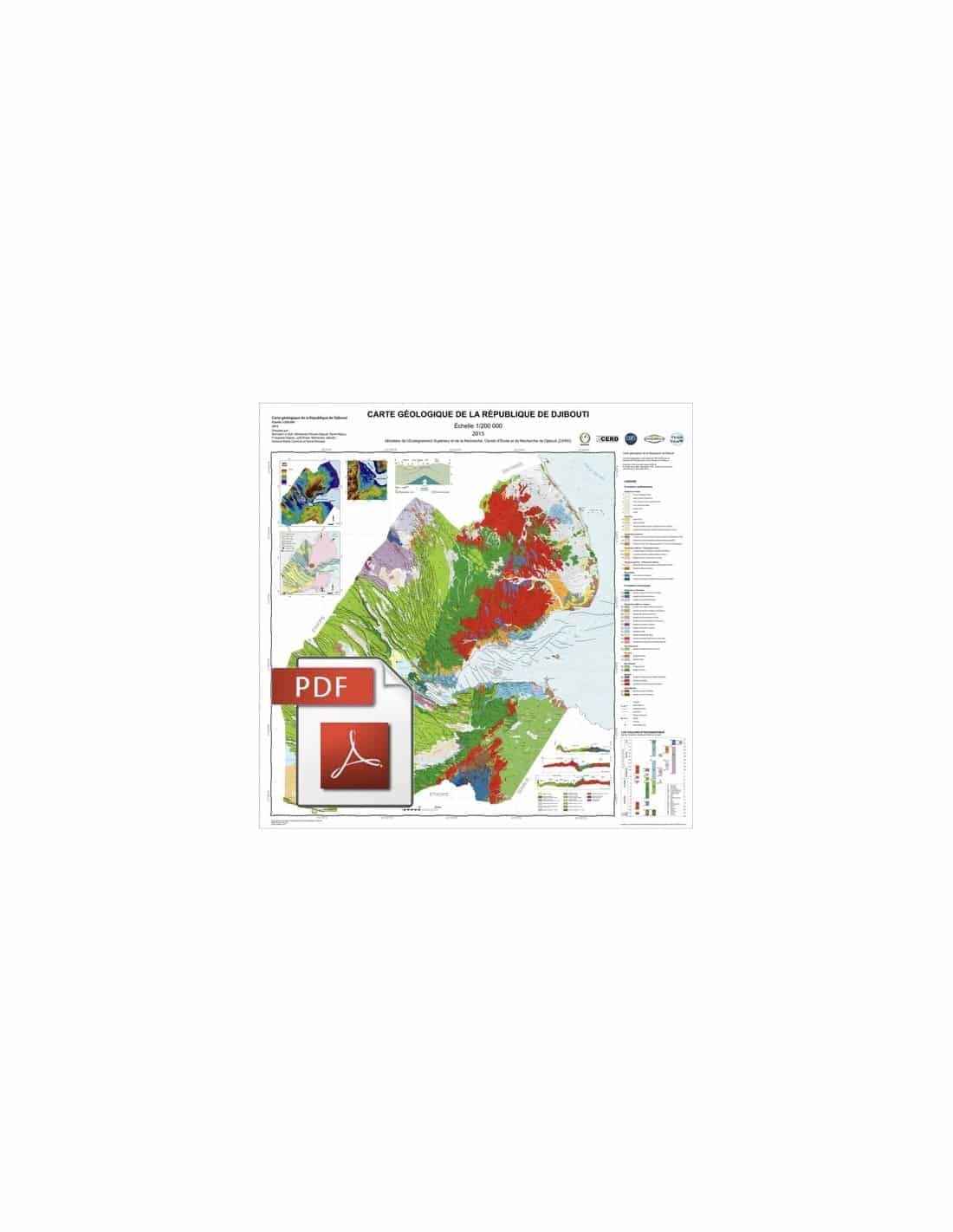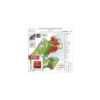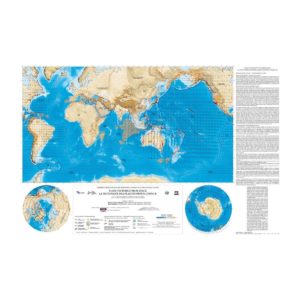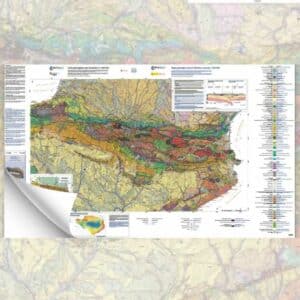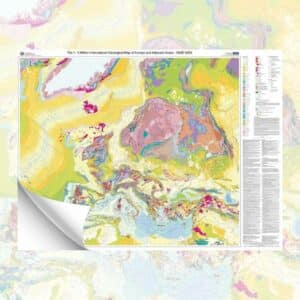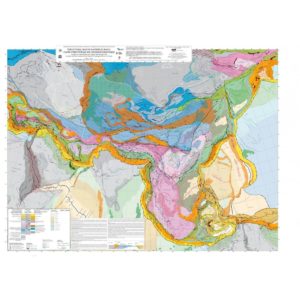As part of our commitment to the environment, we are in the process of switching to a more environmentally-friendly hosting provider. The site is currently being prepared for this transition.
Orders are temporarily suspended while the migration is finalised.
Thank you for your patience and support.
We look forward to seeing you soon with an even more ethical and efficient site!
Geological map of the Republic of Djibouti-PDF
79,00 €
Geological map of the Republic of Djibouti-PDF
1st ed.
Projection: UTM, zone 38N, datum WGS 84
Scale: 1/200 000
Authors: Bernard Le Gall, Mohamed Ahmed Daoud, René Maury, Françoise Gasse, Joël Rolet, Mohamed Jalludin, Antoine-Marie Caminiti, Nima Moussa
Centre d'Étude et de Recherche de Djibouti (CERD), CCGM 2015
Description
Geological map of the Republic of Djibouti-PDF
Scanned version in high resolution .pdf format, sent by download link.
Note This card is subject to a licence agreement.
This map is also available in digital .pdf format in our catalogue.
Geological map of the Republic of Djibouti-PDF
Despite its modest size, close to that of Brittany, the Republic of Djibouti has the privilege of hosting one of the world's most iconic geological sites - the Asal Rift. The Asal Trench, with its basaltic lava slopes cut into strips by fault networks, has a floor 150 m below Ghoubbet sea level. It is the result of stretching and thinning of the continental lithosphere, in front of the Aden oceanic rift separating the Arabian and Somali plates.
These first-order geodynamic processes, close to the continental break-up stage, are exceptionally exposed in Djibouti but, paradoxically, no cartographic document has yet given an account of their regional geological context.
This gap has now been filled by the 1:200,000 scale Geological Map of the Republic of Djibouti-PDF (published by the Commission of the Geological Map of the World) drawn up between 2011 and 2015 under the coordination of Bernard Le Gall (UMR/CNRS 6538) and in close collaboration between scientists from the 'Domaines Océaniques' laboratory in Brest (René Maury and Joël Rolet) and the CERD in Djibouti.
A synthesis of ten existing 1:100,000 maps, combined with newly acquired data from the field and satellite imagery, this original document highlights the main components of the Afar system in Djibouti, namely :
- the preponderance of synrift volcanism whose basic and acidic lavas, emitted for about 30 million years (Ma) in the context of the Afar mantle plume, cover more than 70 % of Djibouti's territory.
- the importance of very young (< 3 Ma) fault networks, markers of crustal extension and responsible for a morphology of tilted blocks and large subsiding troughs, such as that of Asal.
- the heterogeneity of sedimentary deposits, whether of continental origin, such as the terrigenous filling of ditches, or marine, such as the evaporites of Asal and the reef limestones bordering the Gulf of Tadjourah.
- the existence of ante-rift bedrock represented by the Mesozoic sandstones and limestones of the Ali Sabieh sector. Their antiform structure is attributed to the intrusion of a laccolith at the early stage of rifting.
- The marine geology of Ghoubbet, the Gulf of Tadjourah and the approaches to Bab el Mandeb incorporates the fault networks and submarine volcanoes identified on the available bathymetric records.
Geological map of the Republic of Djibouti-PDF
The Physiography map provides a digitised 'fine-grained' image of the morphology of the land and sea surfaces, supplemented by the drawing of selected isobath curves (-200 m, -1000 m, then every 1000 m). In addition to its scientific interest, the aesthetics of this sheet is undeniable. Some 300 active or Holocene volcanoes and about 40 meteorite impact craters are plotted.
The most striking geological features are shown on land on the Structural Map: Archean, Proterozoic, Phanerozoic basins; Palaeozoic, Mesozoic and Cenozoic orogenies; major accidents, large strike-slip faults and thrust fronts.
Because of its specific environment (giant ice cap), Antarctica has received appropriate cartographic treatment. For submarine areas, the emphasis has been on the structuring of the oceanic crust: chronostratigraphic ages, oceanic accretion axes, transform faults, subduction zones, anomalous crustal reliefs (asismic ripples, oceanic plateaus, etc.).
Also shown are the locations of picks of standard magnetic anomalies (chron), divergence vectors (accretionary ridges) and convergence vectors (subduction zones), the thickness of sediments overlying the oceanic basement, and the compression zone affecting the oceanic crust between the Indian continental block and its Australian counterpart.
Earthquakes of magnitude = 5.0 have been plotted, both onshore and offshore, with a figure depending on their strength and depth at focus.
In the box, a geodynamic sketch summarises the main characteristics of plate tectonics in the mapped area; it highlights in particular the imprint of the Reunion hotspot on the lithosphere, which has been in motion since about 65 Ma, the time of the gigantic outpouring of basalts from the Deccan traps. After the original edition ran out, a reduced version of the two maps at a scale of 1:40 000 000 was published in October 2013.
Explanatory notes to download here
Geological map of the Republic of Djibouti-PDF

